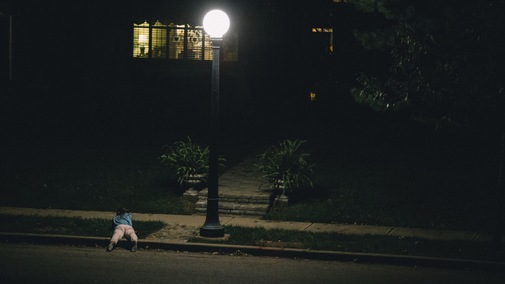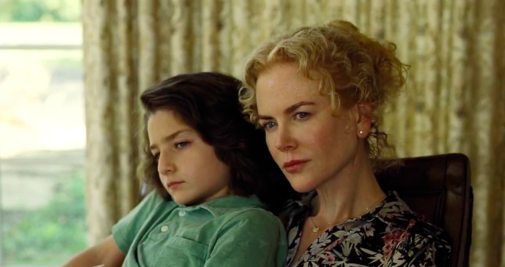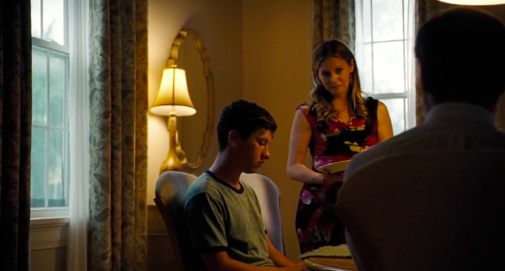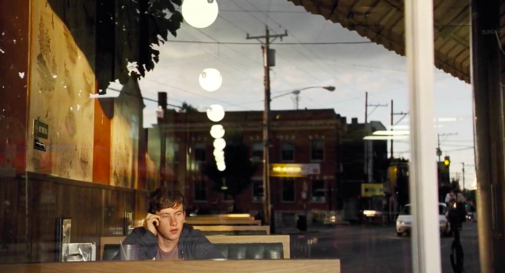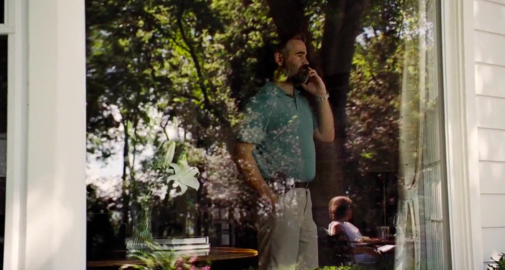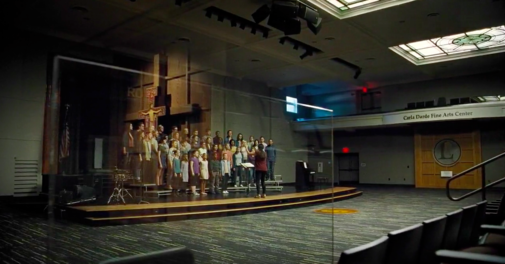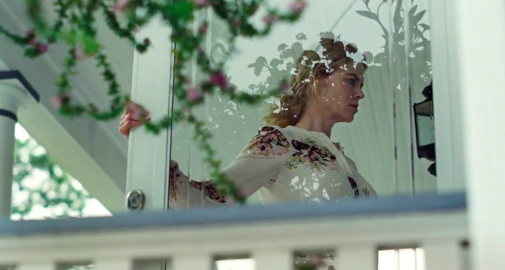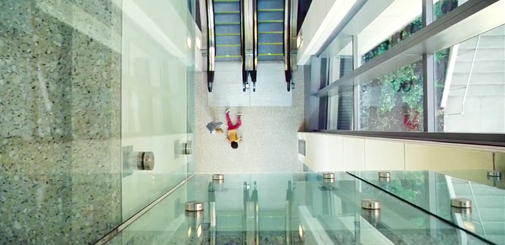by Ilich Mejia
Sometime this fall, Yorgos Lanthimos’s The Killing of a Sacred Deer began recurring less and less in conversations surrounding films likely to be Oscar nominated this month. The fact that a film featuring a vindictive teen with supernatural powers was even in any awards-friendly conversation despite voters’ general aversion to anything paranormal is a testament to its many assets: a compelling cast well led by Colin Farrell, Nicole Kidman, and Barry Keoghan (and even child actors Raffey Cassidy and Sunny Suljic, both easily disturbed but unmoved like any Lanthimos vet), an eerie score tuned flawlessly to make you laugh out loud at the most horrific sight, and some of the most concealed but poignant contemporary costume work in film this year. But perhaps the movie’s greatest showcase is Thimios Bakatakis’s cinematography as he paints ordinary Cincinnati into a most chilling Epidaurian stage.
Come read more about Bakatakis's wizardry, wary of miiild spoilers!
Sacred Deer (read Chris's TIFF review here) follows a wealthy family living in Cincinnati as they’re met with the threat of a teenager’s bloodthirsty grief. The teenager (Martin, played chillingly by newcomer Barry Keoghan), enraged by his father’s death at the surgical hands of the family’s patriarch (Farrell), summons unexplained powers to return the favor. Even though his powers are not suggested until the movie’s second act, Bakatakis consistently differentiates Martin’s kind from the family throughout. The family is introduced washed in light—from the dining room chandelier, no less—that will prove to represent its privilege: mom (Kidman) and dad are both successful doctors that casually worry about how impeccably a dress fits or how close to the front row of the choir their daughter is. For the rest of the movie, the doctors and their children are often naturally, brightly lit (maybe it’s because there’s no lace front to hide, but Kidman hasn’t been this flattered by a camera in years) while Martin is dimmed when he’s in his home or on his own.
Bakatakis also complements the nature motifs behind Nancy Steiner’s costume work (the women are constantly clad in fabrics featuring flowers or fruits) well by regularly imposing nature on the family to highlight their naiveté surrounding their comfortable life and its fragility against mechanical Martin, who prefers cruising through skyscrapers on motorbikes to watering the plants. Though the father committed the crime, the family should have to suffer for it just as they enjoyed all the countless luxuries that came from it before. Even in sterile environments like hospitals, flowers and trees creep in to frame the unaware at their most vulnerable.
He takes this further by distancing the viewer from the family members, regularly filming them behind glass surfaces to fence off the nuclear family from the havoc they wreak, many times without consequence. Most of the self-serving actions in the film take place behind glass or surfaces that allow to reflect deceptions like windows, car doors, and mirrors. The glass mocks how far we go to protect relationships out of little more than self interest. The instances of genuine emotion and remorse, like Colin’s Steven realizing what he’s done to his family in the latter half, are rare and unobstructed.
Bakatakis borrows from Kubrick collaborator John Alcott and famed diner aficionado Edward Hopper to depict quotidian places with angst and macabre agency. Regardless of the location, his camera’s movements subvert the viewers’: approaching while the viewers recoil, slowing down as their interest is high. This puppetry tricks the viewer into holding their breath during the most ordinary instances: going down an escalator, choir practice, twirling spaghetti. The film astutely avoids relying on visual effects or breaking its palpable universe to convey stranger things. A nomination for Bakatakis seems unlikely at this point, but we will try our best to make sure he faces the consequences for what he’s done.
Whose worthy work are you hoping will break into this field? Make your case!
